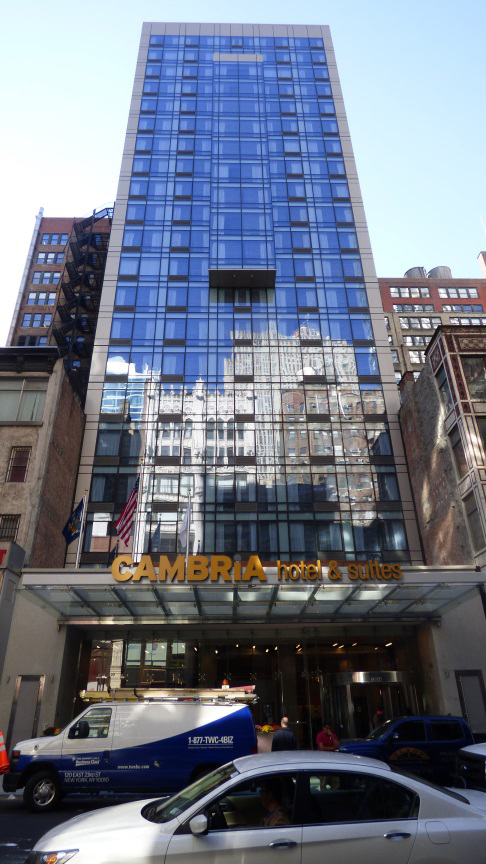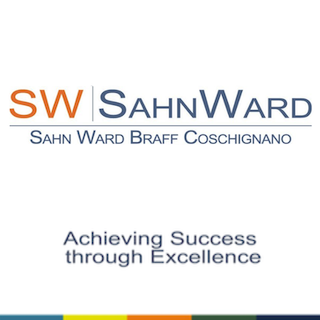News:
Green Buildings
Posted: June 23, 2014
Time to focus on Local Law 87 compliance - again
It's year two in the Local Law 87 cycle and it's time for "covered buildings" on blocks ending with the number "4" to focus on getting started with their energy audits and retro-commissioning requirements. There are some "lessons learned" from covered buildings that unknowingly failed to comply last year and were unpleasantly surprised to receive $3,000 fines. These are buildings located on block numbers ending in a "3" and failed to have their energy audits and retro-commissioning reports filed in 2013. Those "2013" buildings that failed to file, must now have their audits and retro-commissioning reports completed and filed as soon as possible and pay their $3,000 fines. For "2013" buildings that did not file in 2013 and then do not file in 2014, they will be faced with their initial $3,000 fine, plus an additional $5,000 fine and will still need to file their LL 87 reports to meet compliance requirements. DOB has indicated that they will take a hard line regarding any "failure-to-file" excuses.
Local Law 87 requires periodic energy audits and retro-commissioning for virtually all buildings in New York City that are 50,000 s/f or larger - "covered buildings." This requirement includes all types of buildings, including commercial, residential and not-for-profit - such as churches and schools. City-owned buildings must comply as well. The timing for "covered buildings" to have their energy audits and retro-commissioning completed and filed is based on the ending number of the block on which each building is located. Covered buildings located on blocks ending in the number "3" were required to file in 2013, buildings on blocks ending in "4" are required to file in 2014, "5" in 2015 and so on.
Note that LL 87 isn't all about fines and fees. There are some very positive aspects, cash positive aspects, to LL 87 compliance that can result in the reduction of energy related costs. These cost savings will generally offset the costs of compliance. The LL 87 audit reports will contain a detailed schedule of suggested energy saving measures, that when implemented, will translate into reduced expenses. Savings from reduced expenses are not a "one time" cost reduction. These savings continue year after year and can represent significant dollars. Additionally, there is funding available from Con Ed and NYSERDA to help offset upfront costs of implementation. Focus now on your LL 87 compliance, but be sure to make it cash positive.
George Crawford is a principal of Green
Partners, New York, N.Y.
Tags:
Green Buildings
MORE FROM Green Buildings
IREON Insights: DURA Architectural Signage manufactures and delivers over one million signs
Long Island City, NY Since its founding in 1955, IREON member DURA Architectural Signage has proudly manufactured and delivered more than one million signs to clients across a wide range of industries. From architectural interior signage to large-scale exterior installations, their work can be seen in corporate

Quick Hits







.gif)


.jpg)
.gif)